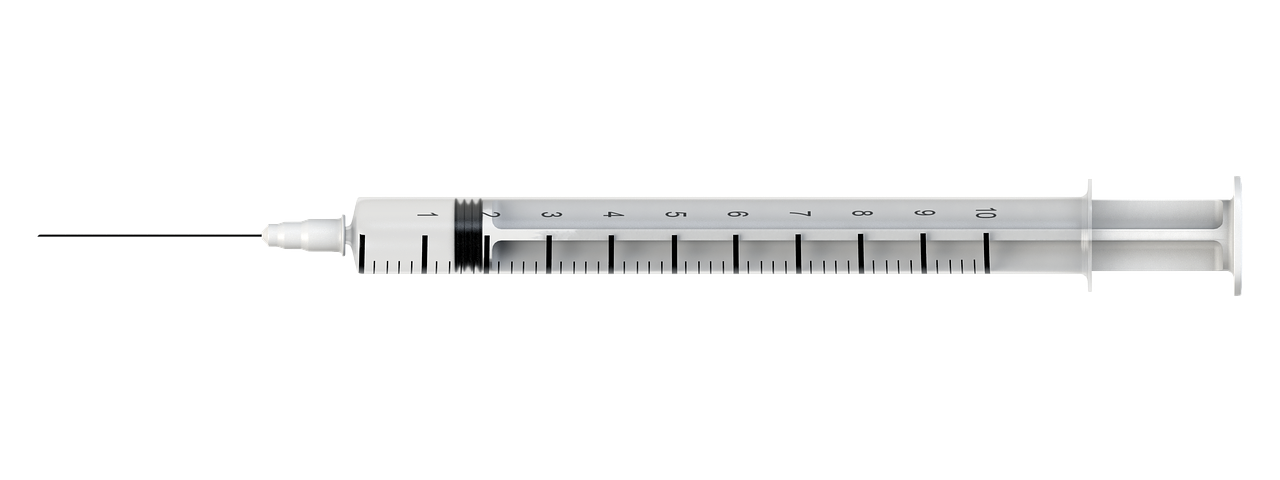Choosing the best disease-modifying therapy (DMT) to treat your MS can be a tough decision.
When I was diagnosed with MS way back in 1980, it was easy. There were no DMTs to choose from. The first three — Avonex (interferon beta-1a), Betaseron (interferon beta-1b), and Copaxone (glatiramer acetate injection) — weren’t approved in the U.S. until the early-to-mid 1990s.
Today, there are more than 20 MS treatments on the market. The most recent, Briumvi (ublituximab), was approved by the U.S. Food and Drug Administration last December. So how’s a person with MS to choose? One size doesn’t fit all, but there are tools that can help find a good fit.
The Barts-MS tool
With input from several people with MS, neurologists at Barts and The London School of Medicine and Dentistry created in 2021 what I believe to be the first online DMT selection tool. It lists 13 DMTs. Users can select which DMTs to compare and the tool will narrow the list based on things like the importance of preventing relapses or long-term disability, concerns about long-term or minor side effects, and whether a patient is willing to visit a healthcare facility to receive treatments or tests. The tool then issues a list that ranks the DMTs based on this criteria.
Surprisingly, the tool doesn’t ask users whether they want to rule out a specific type of DMT based on the delivery method, such as via a shot, an infusion, or a pill. A post on the MS-Blog explains that this is because some of the most effective DMTs can only be delivered via a single method, and the tool’s designers didn’t want to exclude them from the results.
As a test, I selected the four DMTs I’ve been treated with — Avonex, Tysabri (natalizumab), Aubagio (teriflunomide), and Lemtrada (alemtuzumab) — along with Ocrevus (ocrelizumab). I also told the tool that prevention of long-term disability was important to me, that I was moderately concerned with long-term side-effects, and a few other things.
I think the tool did a good job generating its list, offering Tysabri, Lemtrada, and Ocrevus at the top. The first two were actually the treatments I preferred most when I was treated with DMTs, and Ocrevus is one I would have considered.
The MS Society UK tool
The MS Society in the UK recently launched a similar tool on its website, with 18 DMTs. The tool narrows the list based on similar questions as the Barts tool. Unlike Barts, however, this tool asks whether users would be willing to self-inject or receive an infusion.
Unfortunately, the tool only offers a DMT selection if users select relapsing-remitting MS (RRMS). If the diagnosis is different, users are directed to a general DMT information page. Also, the tool only works if users indicate they live in the U.K., Isle of Man, or the Channel Islands.
I pretended to live in the U.K. and had RRMS. Interestingly, the results didn’t list any of the DMTs I’ve previously been treated with. Instead, the tool selected Ocrevus and Kesimpta (ofatumumab), two highly effective treatments. It listed general reasons for the choices and provided a list of possible minor side effects for each. Then it suggested nearly all of the other 16 DMTs on the site, saying “they might be worth talking to your neurologist about.”
Information cards
One of the newest DMT decision tools comes in the form of information cards, a project by professor Gavin Giovannoni, chair of neurology at Barts and The London School of Medicine and Dentistry, and medical student Safiya Zaloum.
Each card contains comprehensive information about a specific DMT written in easy-to-understand language. The DMTs are scored on a 1-10 scale based on attributes such as the ability to prevent relapses and progression, possible side effects, and family planning considerations. Unlike the two website tools, the cards include medications that are used off-label for MS.
As Giovannoni describes the process on his MS-Selfie blog, a healthcare provider selects several cards for the DMTs most relevant for a patient. The patient then takes the cards home “to further research and make a guided decision.”

This project is still a work in progress, and Giovannoni said he would like comments on the cards from people with MS.
It’s a collaboration
Whether you’re using a website or a bunch of cards, no matter how you go about selecting a DMT, it really needs to be a collaboration between you and your neurologist. I hope this information will make that collaboration easier.
[Have you seen my book, “The Multiple Sclerosis Toolbox?” It’s designed for people new to MS but it has info, tips and experiences useful to anyone my illness. You can find it on Amazon.)
(Content image courtesy of Prof. Gavin Giovannoni.)
(A version of this post first appeared as my column on the MS News Today website.)


